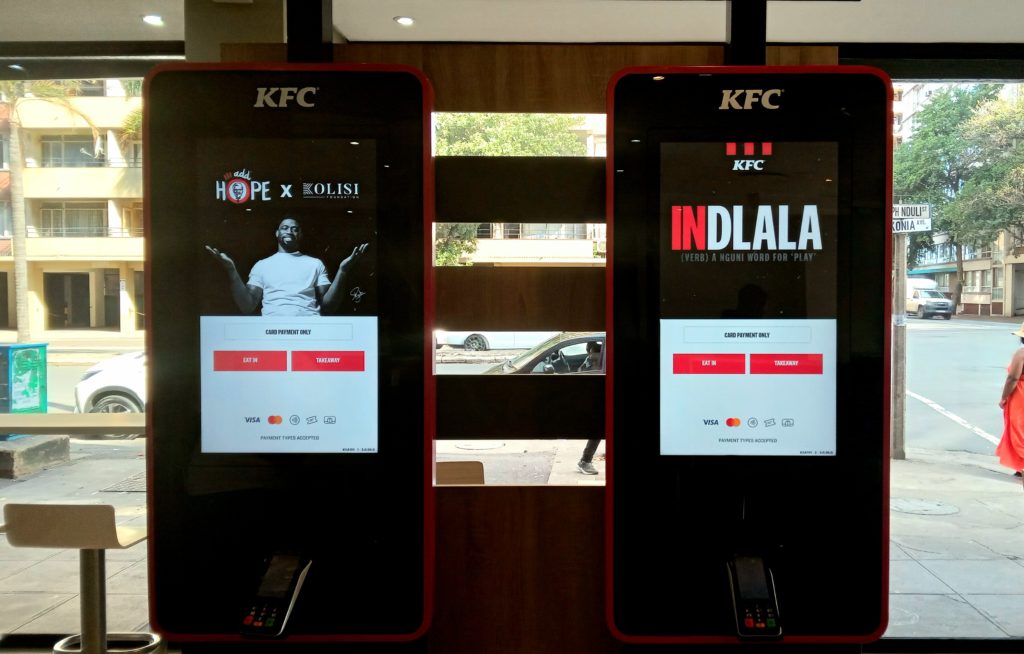By Lucia Gxigxa and Mendy Mtshali
An economic expert predicts that the increasing use of self-ordering machines in fast food outlets will have a dual impact when it comes to employment.
Dr Kenneth Nhundu, an economist and research and development specialist at the University of Fort Hare, said that the introduction of self-ordering machines in restaurants can have both positive and negative impacts. On the one hand, they replace human jobs, negatively impacting on employment but on the other they create new job opportunities for people in the service and technology sector.
He highlighted that most South African restaurants are now using modern technologies to improve their industry.
Nhundu said: “In terms of adoption influenced by the global economy, the economy is becoming globalised. Technology is playing (a) role in replacing many jobs. Fast-food companies believe that automation can fast-track their services. Obviously, you would not want to employ people while machines can assist fast.”
He added that self-ordering machines are reducing labour needs while increasing tech and service job demand.
“These machines bring both job creation and skill development. On the negative side, when a company adopts this machine, one person loses a job. The real impact is that jobs will be lost, which indeed has a negative impact on employment.
“On the positive side might be the fact that when a company has introduced this machine, it’s definitely going to need to be serviced and that builds job creation, as there are people who might be experienced in servicing machines and there are people who are already qualified to do that job.”
The Credible Source by DUT visited a KFC outlet in Durban which is one of the fast-food outlets that now use self-ordering machines and interviewed customers about their experiences with this new system.
Philani Khumalo, a customer, said: “As a young person who likes to experience a lot of new things, when I first saw the self-ordering machine, I was excited. Although it was not easy to use it at first because it was new to me, I was interested in trying again.”
Princess Radebe, another customer, found the machine to be time-efficient and convenient. She said: “I have not used the machine for long, but I have had a great experience with it. It makes things easier when you have a credit card. I don’t have to wait in lines for too long. It is fast.”
Asked if anything has changed since the implementation of self-ordering machines, KFC staff member Phumelele Danisa said that self-ordering machines have reduced customer waiting time and are rarely offline from unstable network issues, despite previous problems (unstable network issues of their system).
“Since the adoption of these machines, our responsibilities are still the same, but now it is easy to split the work, because some cashiers deal with cash (while) some are busy assisting customers with the self-ordering machines if they are paying with cards.”
Danisa believes that the machines will not replace staff, because customers will always require assistance. “With technology being introduced, there is pressure. I am scared and hopeful at the same time. I believe that since we still have a digital immigrant age group (people who grew up before the internet), they are always going to find it difficult to use the machines. It’s impossible that technology could fill this gap (now), because these clients will always need our assistance.”


